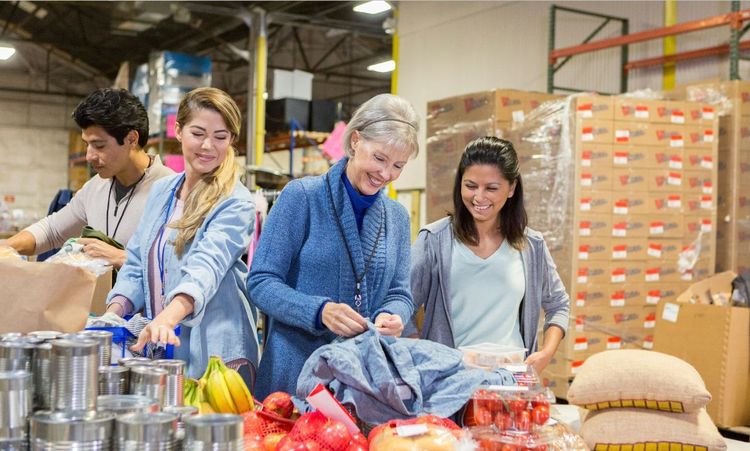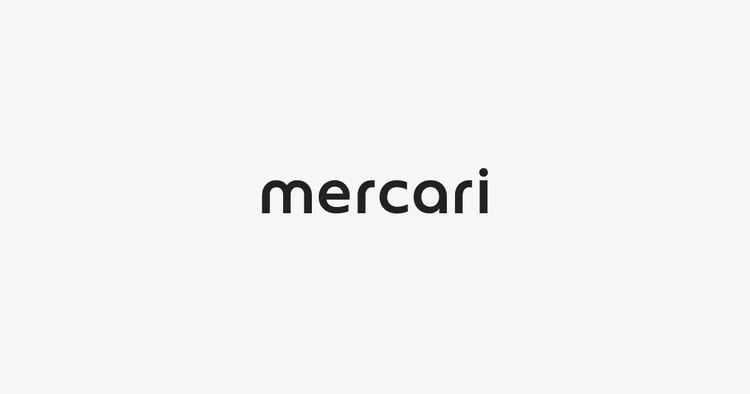Starting a food bank is one of the most impactful ways to address food insecurity in your community. It's not just about providing meals; it's about creating a sustainable system that ensures people can access nutritious food when needed. But how do you start a food bank? It's a big question, and an answer requires some careful planning, community, and an awful lot of heart. Allow me to break down a general process for you so that you may build something that actually has an impact.
Conduct Thorough Community Research
Before you start a food bank, you need to understand the needs of your community. Food insecurity looks different in every area, and what works in one place might not work in another.
Start by gathering data. Look at local statistics on poverty rates, unemployment, and food insecurity. Contact local government agencies, schools, and nonprofits to get a clearer picture of the challenges people are facing.
Define the Food Bank's Target Audience
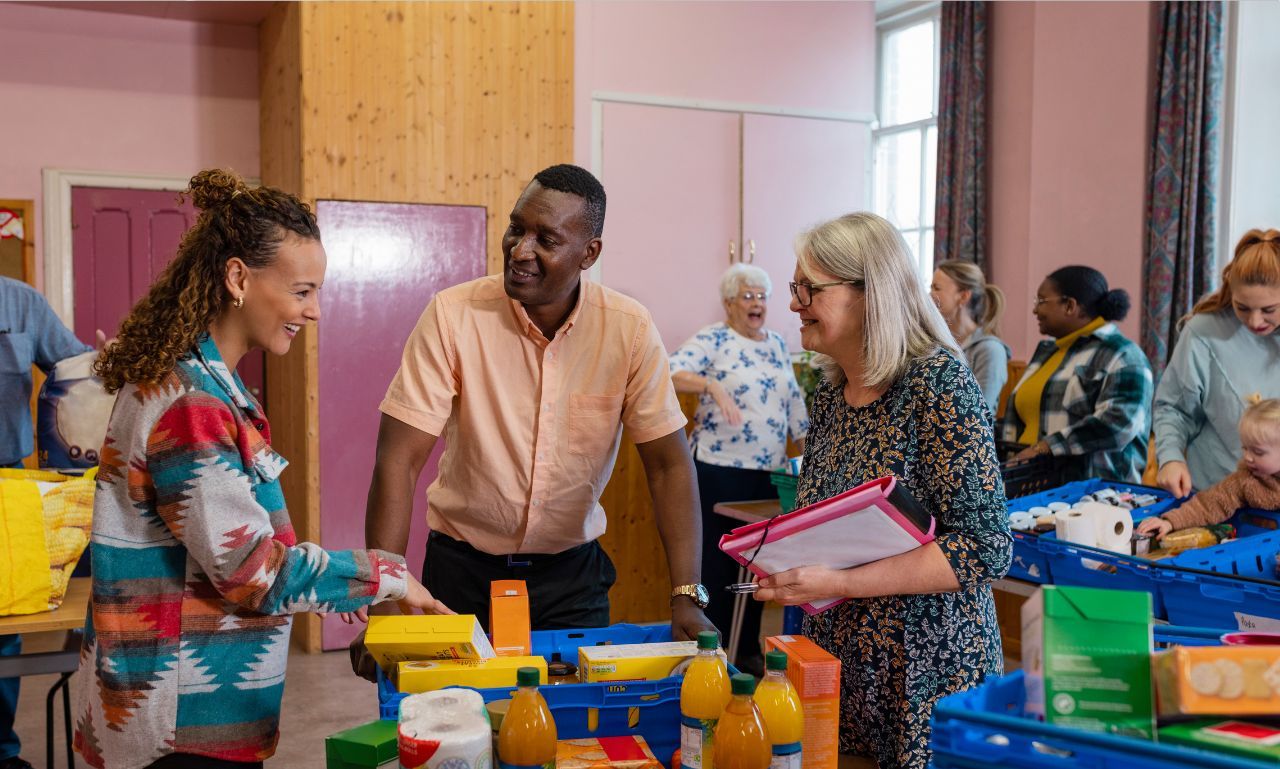
When you understand what the needs of your community are, then you can define who your target audience will be: families with kids, seniors, or homeless? These groups have special needs, and so does the food bank. In the case of families, for instance, you would want to emphasize kid-friendly foods and pre-prepared meals or easy-to-make meals. If it's for seniors, then special dietary foods should be considered, such as low-sodium or diabetic-friendly foods.
Develop a Comprehensive Business Plan
Yes, a food bank is a nonprofit but still needs a solid business plan. This will be your roadmap, helping you stay organized and focused as you grow.
Your plan should include:
- Mission and Vision: What's the purpose of your food bank? What do you hope to achieve?
- Goals and Objectives: Be specific. How many people do you want to serve in your first year? How much food do you need to distribute?
- Budget: Outline your expected expenses and funding sources.
- Operational Plan: How will you source, store, and distribute food?
Identify Food Sourcing Methods
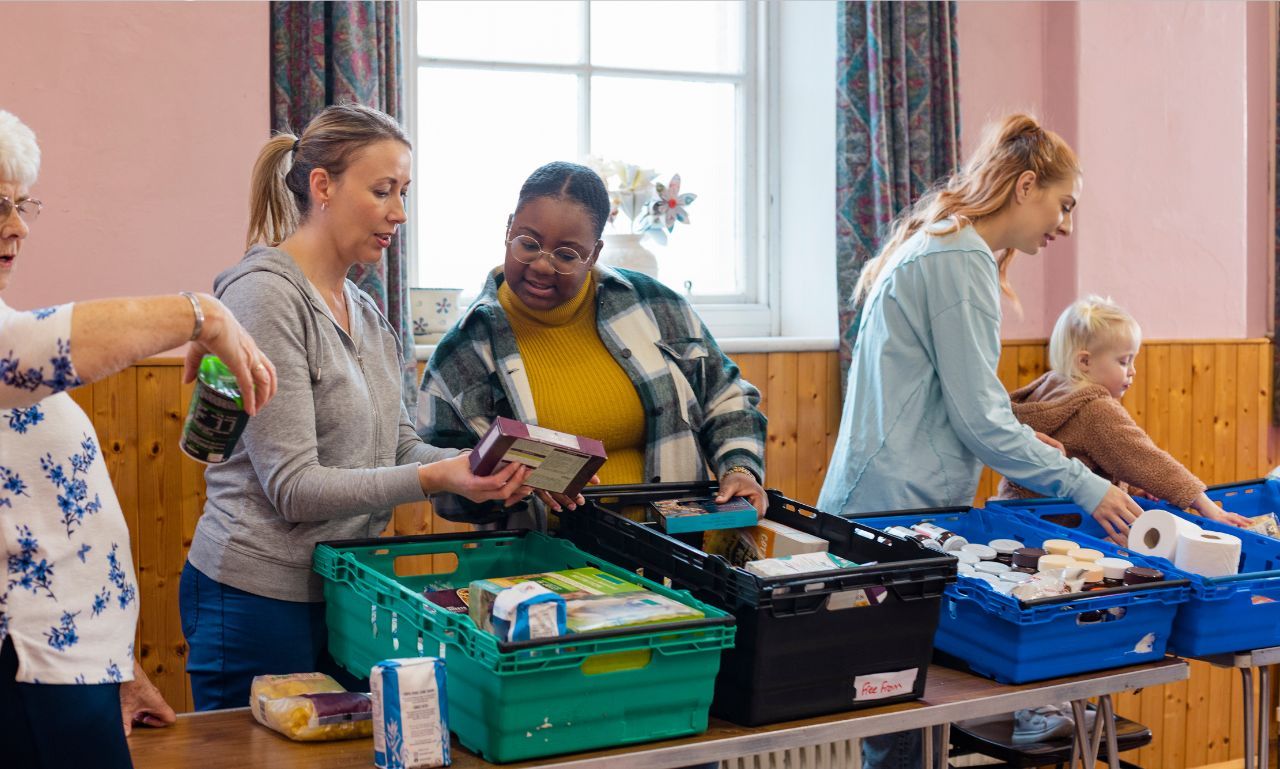
One of the biggest challenges of running a food bank is ensuring a steady food supply. Here are some practical ways to source food:
Organize Food Drives
Food drives are also an excellent way of involving people to contribute needed items from the community. These drives shall be arranged by collaboration with local schools, churches, and businesses. Donating should be made easy with clear guidelines and dropping-off locations.
Partner with Local Grocery Stores and Farms
Many grocery stores and farms have surplus food that they're willing to donate. Build relationships with store managers and farmers in your area. I've found that most people are eager to help—they need to be asked.
Utilize Food Rescue Organizations
Food rescue programs collect surplus food from various restaurants, caterers, and other businesses for re-distribution to needy people. Partnering with these organizations can help you gain a wider variety of food options.
Explore Buying Options from Food Suppliers
While food donations are great, there may be times when you'll need to purchase food, especially when donations aren’t enough to meet the demand. Partnering with food suppliers or wholesalers can help you get food at a reduced price. Many food suppliers offer discounted rates to food banks and nonprofits, which can stretch your budget further.
Establish a Logistical Framework for Operations
Running a food bank involves many moving parts, so it's important to have a solid logistical framework in place.
Determine Storage and Distribution Needs
A large warehouse might be necessary for high volumes of food, while smaller operations might use a community center or church basement. You'll also need refrigerators and freezers for perishable items.
In my experience, one of the most challenging aspects of running a food bank is ensuring that all food stays within food safety regulations while maintaining quality. This means paying close attention to storage requirements, like temperature control for perishables, and ensuring that food is rotated to avoid spoilage
Set Up a Volunteer Recruitment Strategy
Volunteers are the backbone of many food banks. You'll need to recruit and manage a team of volunteers to help with sorting, packing, and distributing food. Think about how you'll attract volunteers—whether through local outreach, school programs, or partnerships with other organizations.
Build Relationships with Local Vendors
Strong relationships with local vendors can make a massive difference in the success of your food bank. Whether it's a grocery store, farm, or restaurant, these partnerships can provide steady donations.
When we first started, we reached out to a local bakery that was throwing away unsold bread at the end of each day. They agreed to donate it to us instead, and it became a regular part of our food supply. It was a win-win—they reduced waste, and we got fresh bread for our clients.
Promote the Food Bank Initiative
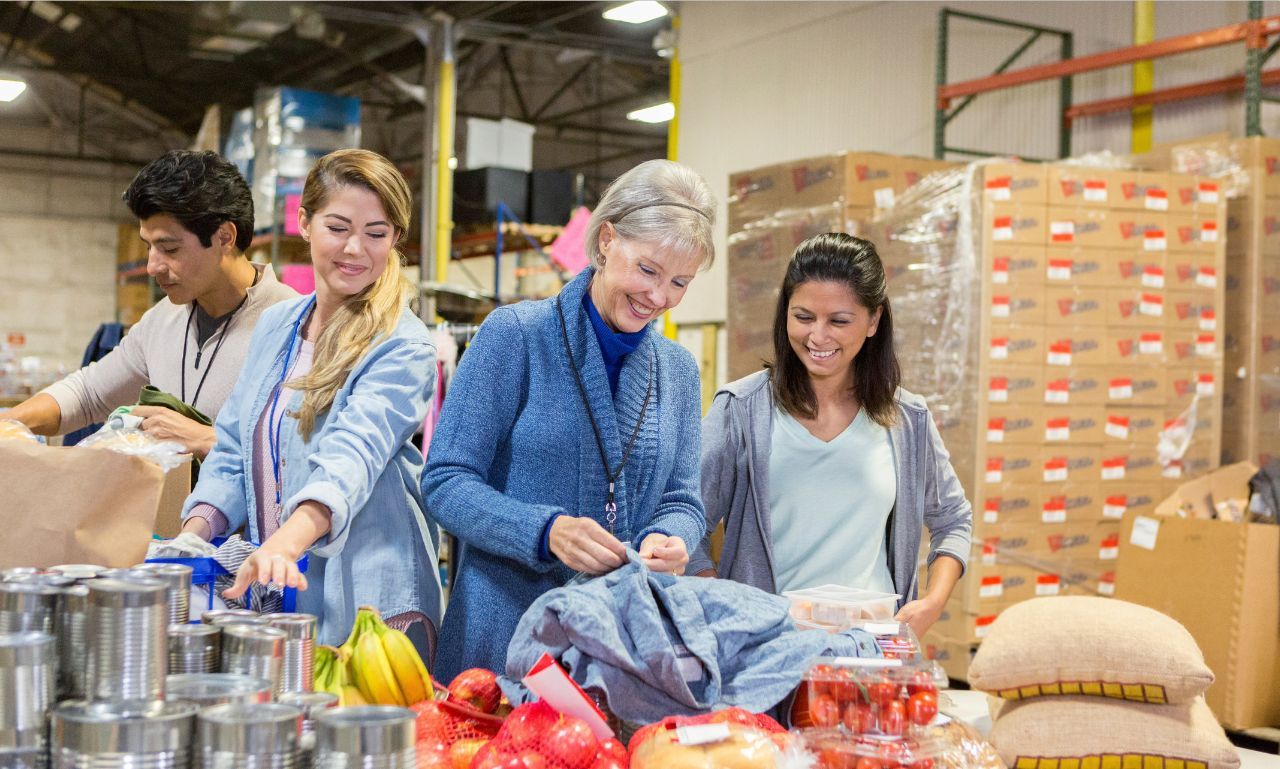
Once your food bank is running, it's time to spread the word.
Use Social Media Effectively
Social media is a powerful tool for raising awareness and engaging the community. Share stories, post updates, and encourage people to get involved.
Implement Email Marketing Campaigns
Email is a great way to inform donors, volunteers, and clients. Send regular updates, highlight success stories, and include calls to action.
Engage with the Local Community
Host events, attend community meetings, and collaborate with other organizations. The more visible you are, the more support you'll attract.
Assess Potential Challenges
It is not without its challenges to start a food bank: funding can be tight, and demand often exceeds supply. There's also the emotional toll of working with people in crisis.
But the rewards, despite the challenges, are great: to see the impact of one's work, be it a child getting a nutritious meal or a family being supported.
Conclusion
Starting a food bank is a big undertaking, but it's also one of the most rewarding things you can do. By addressing food insecurity, you're not just providing meals—you're giving people hope and dignity.
If you are ready to take that first step, start with community research and build from there. You don't have to go it alone. Reach out to others, build partnerships, and lean on your community for support.
